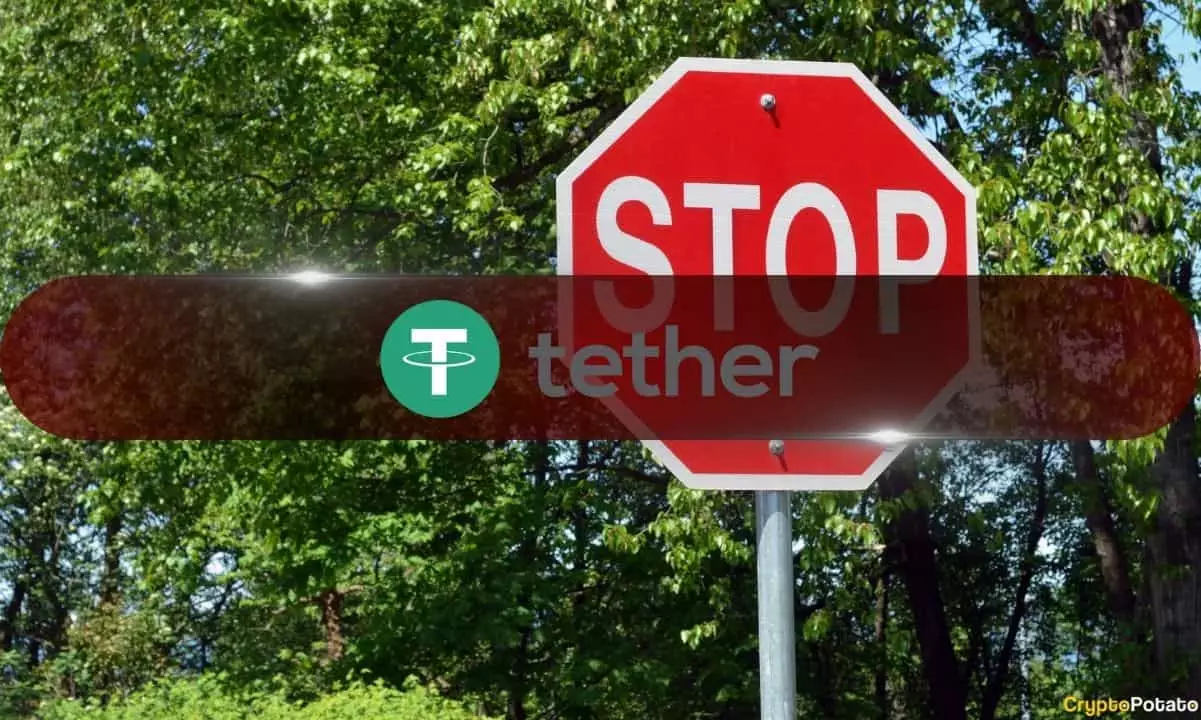In recent years, stablecoins have experienced several high-profile collapses and de-pegging events. Despite these challenges, stablecoins have managed to maintain and even increase their market share, showcasing a growing demand for these digital assets. The market, however, remains dominated by Tether’s USDT, although its stronghold has been weakening over the past couple of years. According to Kaiko’s latest data, USDT’s market share on centralized exchanges has decreased from 82% to 74% in 2024. This decline can be attributed to the rising competition from stablecoins like FDUSD, which have gained popularity through incentives like Binance’s zero-fee promotions and the increasing interest in regulated options such as USDC.
By the end of June, USDC’s market share reached an all-time high of 12%, fueled by robust trading volumes on platforms like Binance, Bybit, and OKX. The allure of yield-bearing stablecoins has also attracted significant attention, prompting issuers like Paxos and Tether to introduce their own versions in the second quarter of the year to cater to this demand. The introduction of the Markets in Crypto-Assets Regulation (MiCA) has further boosted the demand for compliant stablecoins, positioning USDC as a key beneficiary. According to a French blockchain analytics firm, USDC is leading the pack among regulated stablecoins, signaling a shift towards transparent and regulated options in the stablecoin market.
Currently, non-compliant stablecoins account for 88% of the total stablecoin volume. However, with the implementation of MiCA in Europe on June 30, this is expected to change significantly. The regulation is anticipated to drive market makers towards compliant stablecoins, leading to the delisting of non-compliant options by major crypto exchanges like Binance, Bitstamp, Kraken, and OKX for European users. Kaiko’s data reveals a growing share of compliant stablecoins over the past year, indicating a preference for transparent and regulated alternatives. In this evolving market landscape, USDC appears to be emerging as the primary victor, positioned to capitalize on the increasing demand for compliant stablecoin options.
Overall, the stablecoin market is witnessing a transformation as regulatory changes and shifting preferences among market participants reshape the competitive landscape. With USDT’s dominance on the decline and USDC’s rise to prominence, the future of stablecoins appears to be leaning towards compliance, transparency, and regulatory adherence. As the market continues to evolve, it will be crucial for stablecoin issuers to adapt to these changes and position themselves strategically to capture the growing demand for regulated digital assets in the cryptocurrency space.
















Leave a Reply